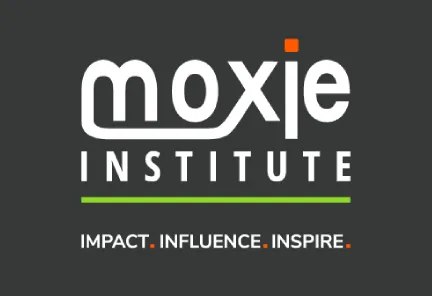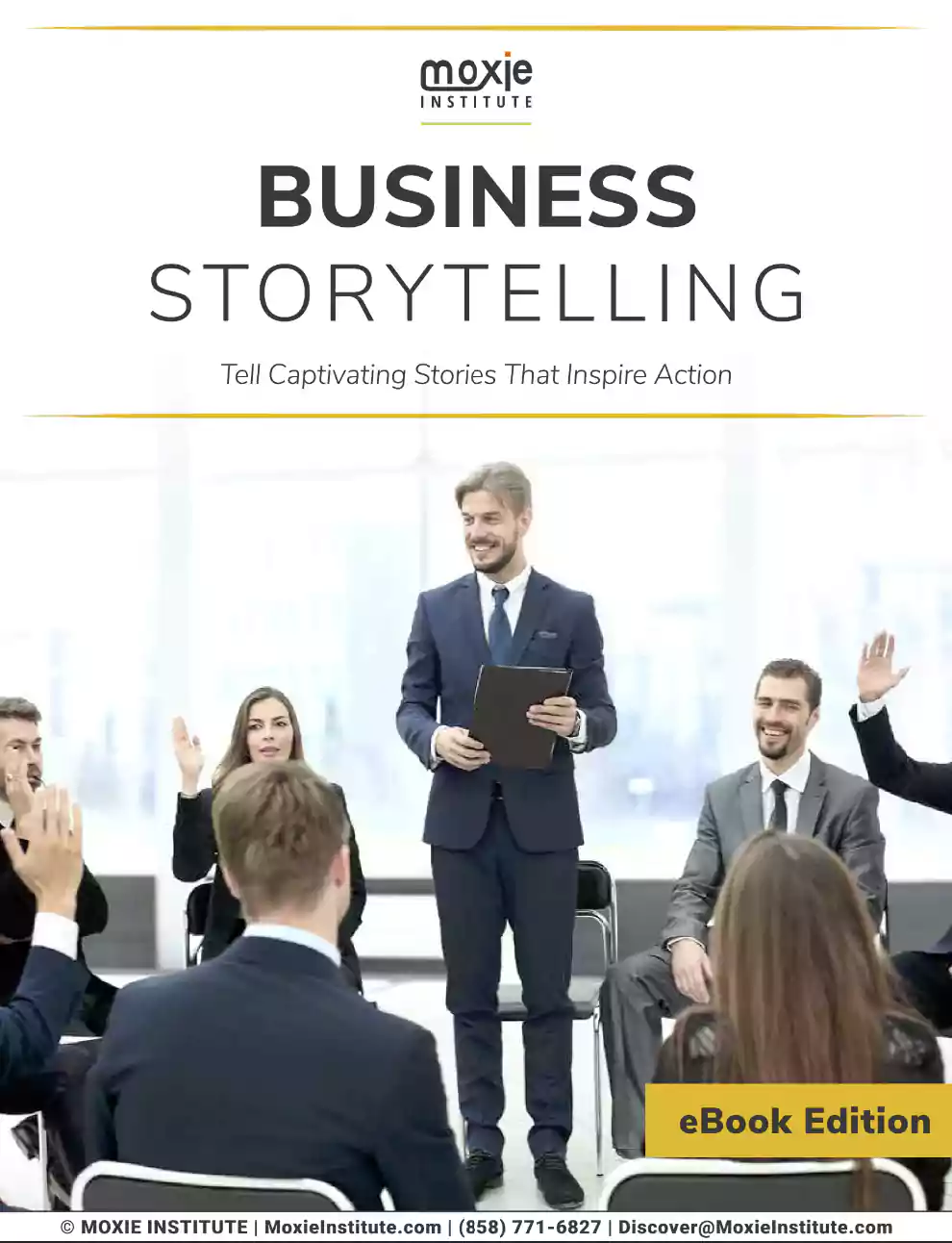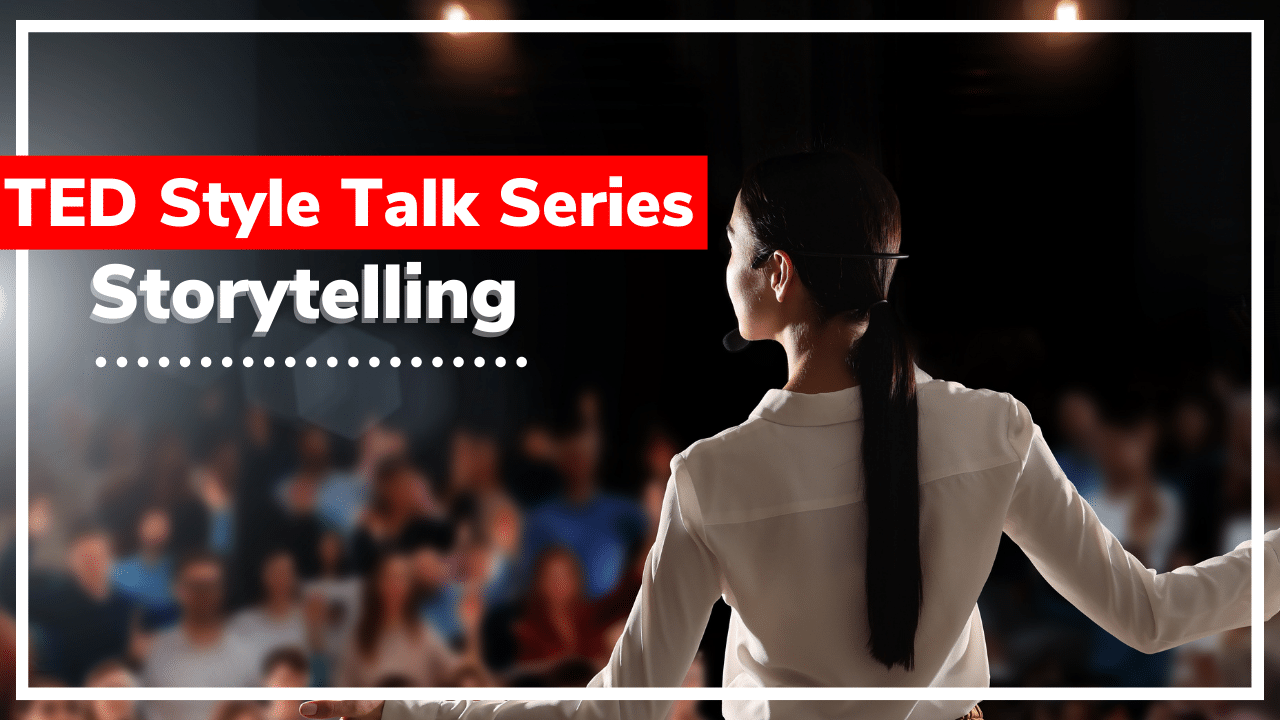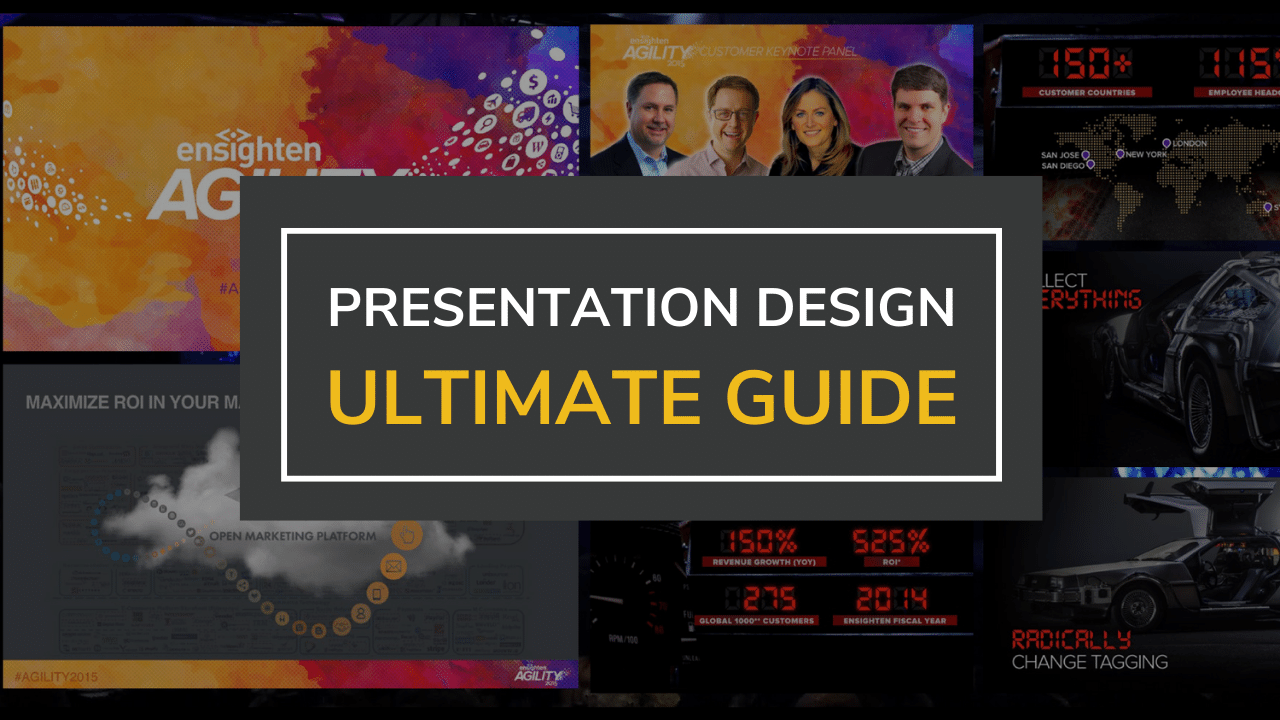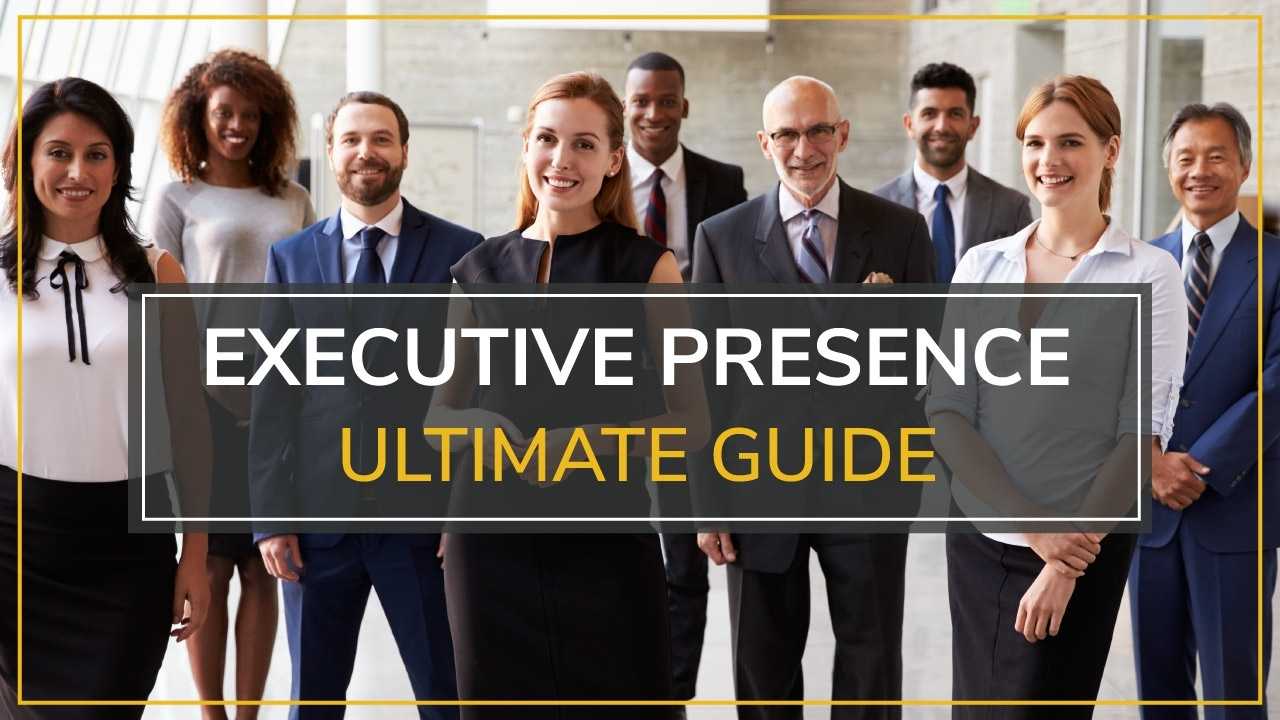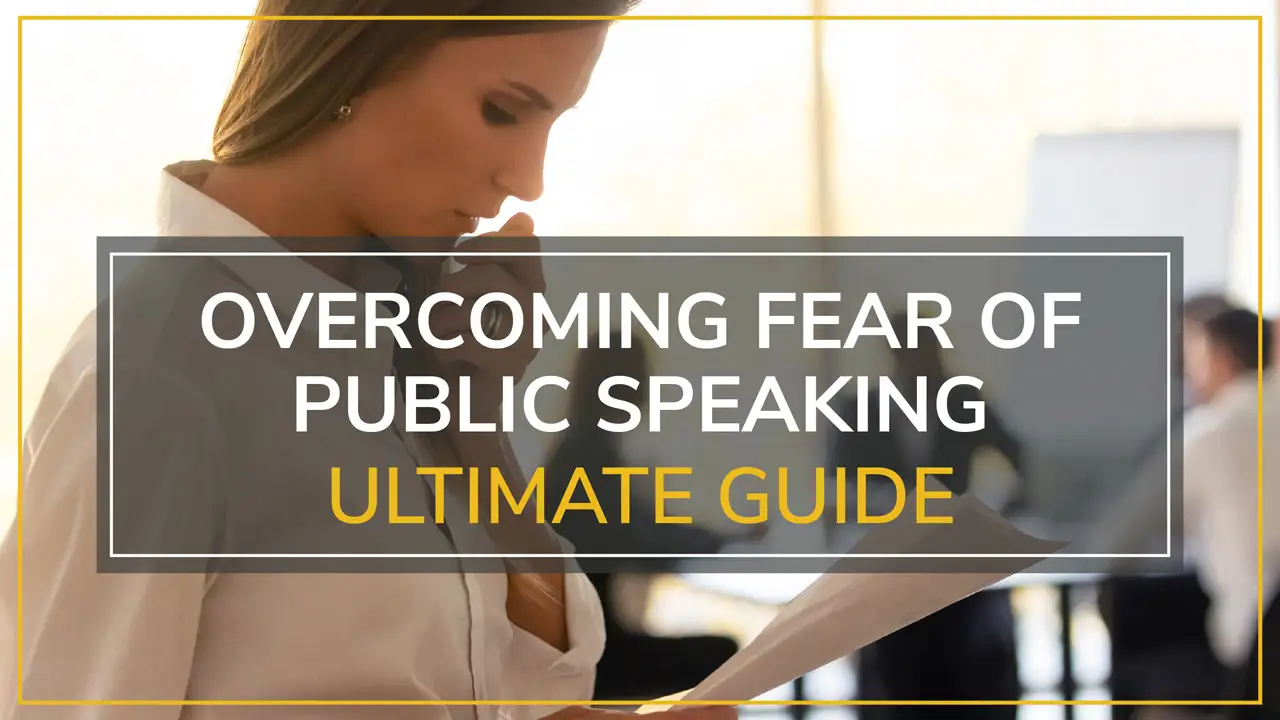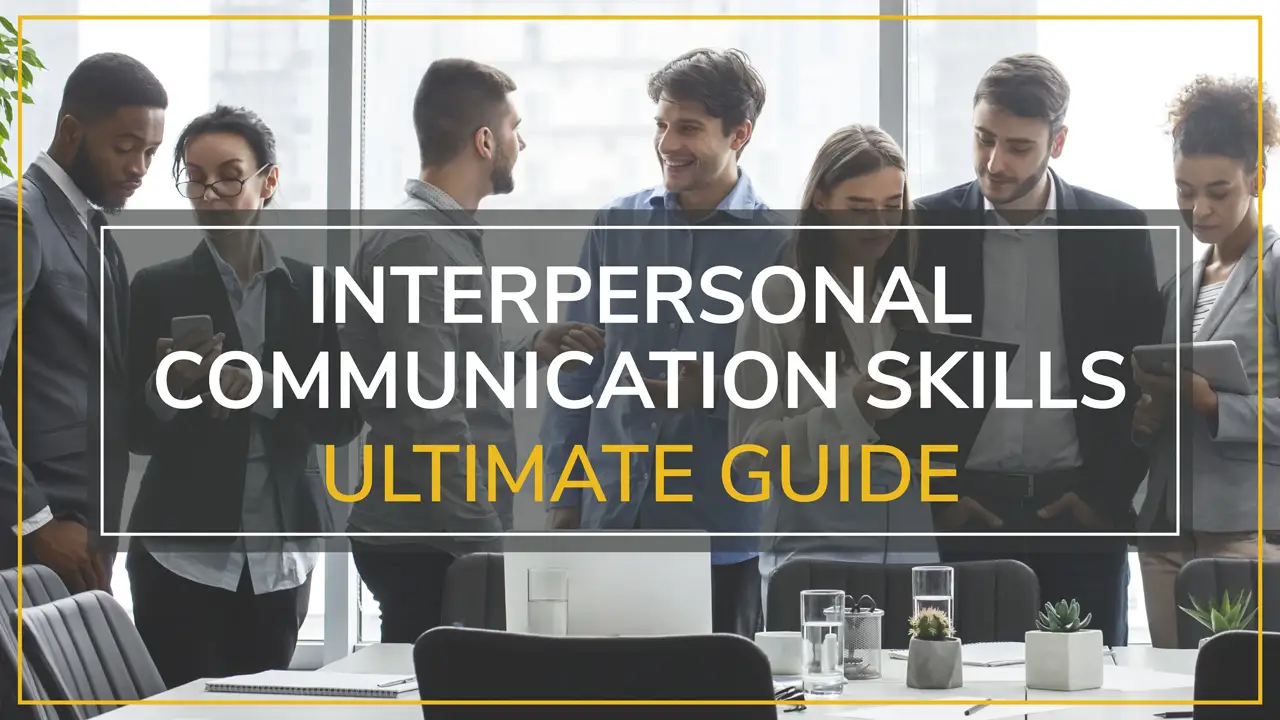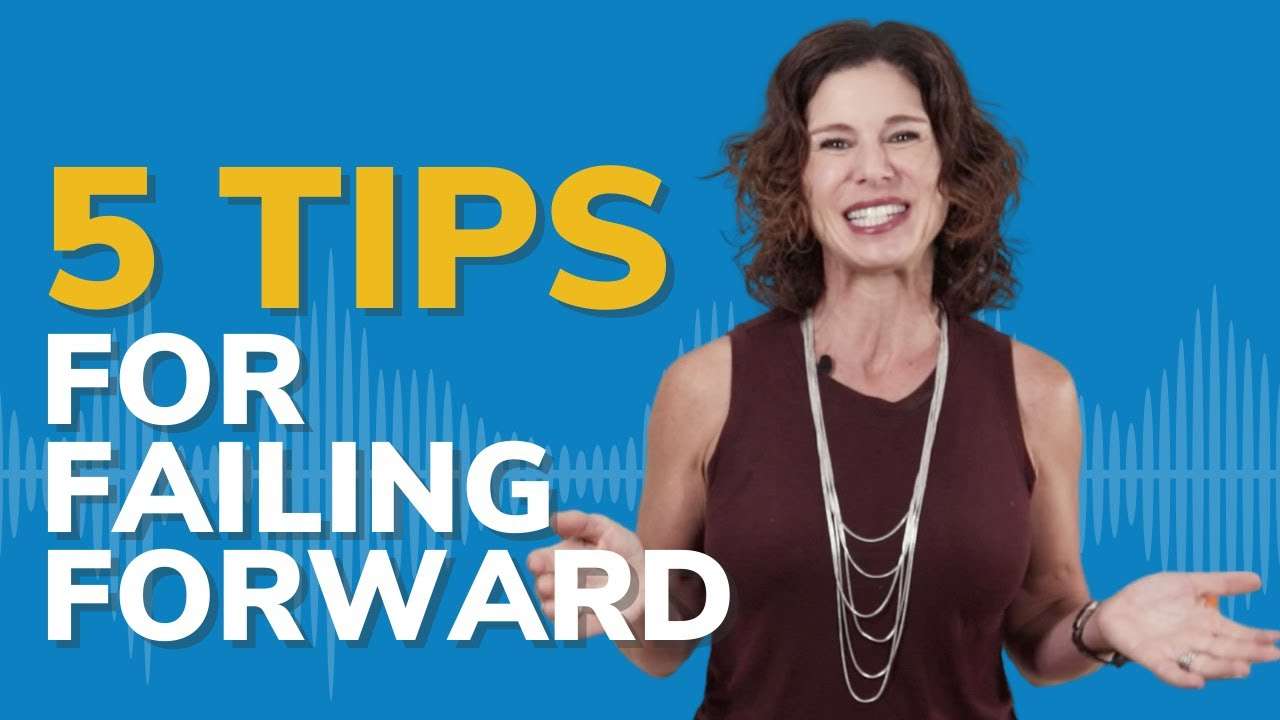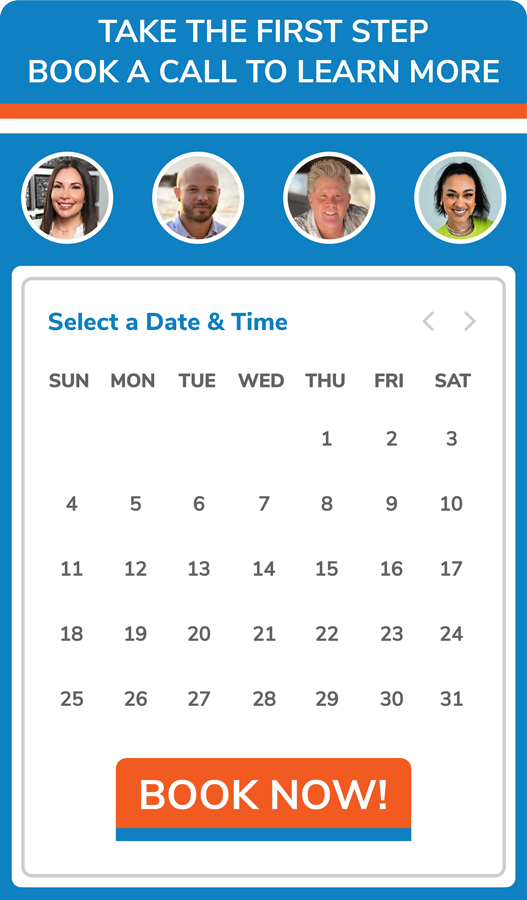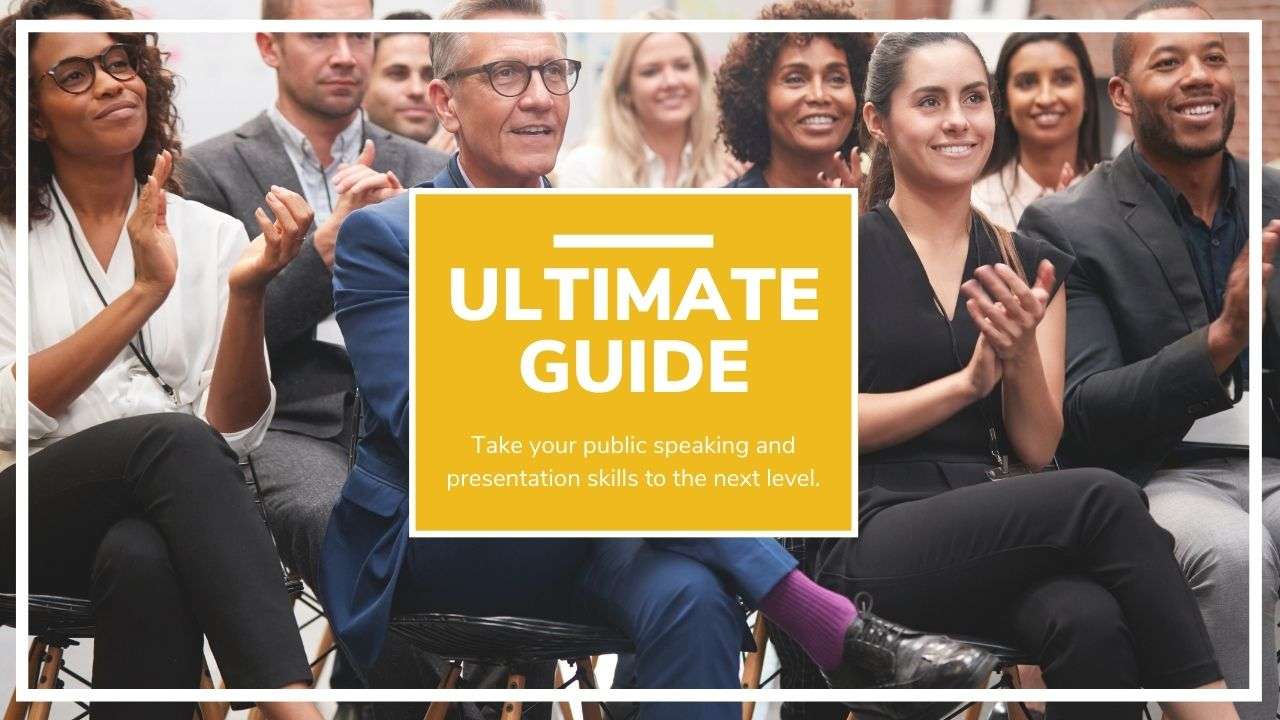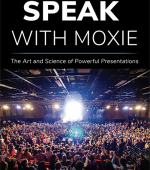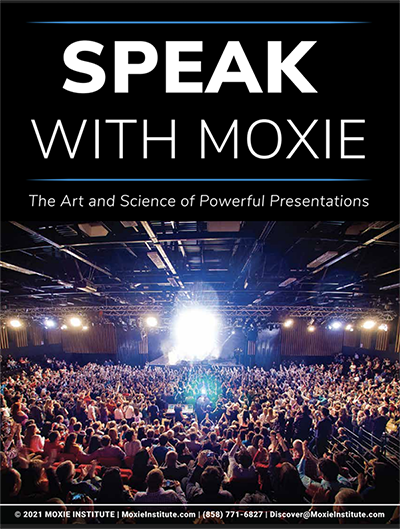Have you ever watched a ted talk and thought — Gosh! that was so powerful, I wish I could learn to tell stories like that.
Well, I’m going to unpack the storytelling secrets of a great Ted Talk next on Moxie Talk.
—
Table of Contents
ToggleHOW TO GIVE A TED TALK SERIES: STORYTELLING
Hey everyone, I’m Fia Fasbinder, welcome to Moxie Talk where we help you find your voice share your message, and lead with confidence. Today we’re talking about TED Talks and the stories that are told in TED Talks.
As a TEDx speaker coach, I have some secrets that I’m going to share with you. This is basically the blueprint of how I go about working with TED speakers and helping them tell their stories and the stories of the people in their TED Talks.
So take some notes if you want, here it is, we’re gonna go behind the scenes of a TED Talk, and here is how it’s done.
—
CHOOSE YOUR STORY’S SUBJECT
The first step when I start working with a ted speaker is to identify what kind of story they want to tell.
Basically, do they want to tell the story of themselves? that’s the
Story of me
or do they want to tell the story of their company or their team or the scientists they’ve been working with, that would be the
Story of us
that’s what we call that right? or is this more of a story of an idea, an invention something amazing they’ve come up with a solution and that we call the
Story of an idea
and the last kind of story that we tell in TED talks is called
Why these results.
Basically, giving weight to something they’ve created, something they’ve come up with, and letting the audience know why this is so important, why it matters to them and why it should matter to the audience.
I’m going to give you an example of each of these kinds of stories that will make it relevant and make it real for you.
A great example of a story of me would be Oprah Winfrey. Oprah Winfrey has told her story so many times and we really understand why she became a journalist, why she loves to interview people, why she loves to help other people tell stories. We understand and that is her journey, her story and we really understand it when she tells that story.
An example of a story of us would be maybe some story of a company that is innovative and amazing like let’s take Airbnb. The story of Brian Chesky and how he started Airbnb. Apparently, he was staying in San Francisco attending a conference and there were no hotels to be found and while he was camping on his friend’s living room couch he came up with this idea for Airbnb.
He got all his friends involved and they started a business together and when he tells the story it’s really the story of us. It’s the story of his team and how they came together to form this really innovative, disruptive business right. That would be a great example of the story of us.
Story of an idea, the first person that comes to mind for me is Steve Jobs. If you’ve ever watched a video of one of his product launches, you realize he is not selling this product he is selling the idea, he is selling the concept, he is selling the WHY. That is a great type of story to tell.
Lastly, the fourth kind of story why these results, I immediately think of Facebook. When Facebook was founded Zuckerberg didn’t tell the story of the technology or the app itself.
Instead, he talked about his goal and his dream, and his vision which was to create a network that would connect the entire world together, where the entire world could communicate with each other on this app. That’s really the story of why it was important to him why it mattered to him and why it should matter to you. So that is the first step in our blueprint of picking your story that is TED-like.
What type of story do you want to tell?
IDENTIFY THE IDEAL STORY ARCHETYPE
Once you’ve got that, we’re going to move on to story archetypes. Story archetypes are stories that have been told throughout history where we see these common themes over and over, no matter what culture, no matter if it’s 100 years ago, 1000 years ago, or last week.
There are actually hundreds of story archetypes but I work with 7 with my TED speakers that are pretty common and they work for a lot of different kinds of stories.
I’m gonna go rather quickly over these 7 and then I’ll dive deeper into a couple of them.
- The first kind of archetype and you will recognize some of these archetypes immediately. You’ll say — oh yeah, of course, I’ve heard that kind of story whether it’s a movie or a novel or a play. The first is a
coming of age
archetype right really common archetype that we hear stories of.
- Another one that we’ve heard a lot of stories about is
overcoming obstacles
the story of overcoming a hurdle or an obstacle.
- Another story we hear a lot is
constant evolution
and on that same line would be this idea of rebirth — something evolving being reborn. We hear these kinds of stories all the time. Actually, I think that’s pretty much the story of the Bible! — a rebirth so there are archetypal stories here.
- Another one is
true as it ever was.
which means that these people are holding true and steadfast to values despite the world changing around them.
- Last but not least which as a story archetype you’ll probably recognize right away as
quest.
The quest, the adventure, the journey, the voyage, the dangerous adventure that we go on for some noble reason — the quest.
These are very common archetypes and the great thing about choosing an archetype that would fit your story is that people connect with these. These are universal truths, universal concepts that we all can relate to. Your job is just to pick the one that fits the closest to your story.
I’m going to give you a couple of examples of stories that you might recognize.
The first is our coming of age story, right? The first thing that comes to mind for me and I’m sure a lot of you read this book in English class was The Catcher in the Rye. In the story of characters, we see them growing up and coming of age and becoming adults and learning life lessons and difficult lessons — a coming-of-age story.
Now I’ve chosen a completely different kind of story for overcoming obstacles — ROCKY. Those of us that saw the movie Rocky know that he has all these things against him and he overcomes them at all odds. So this is an overcoming obstacle story.
Then completely different also would be true as it ever was and for this one, I picked Napoleon Dynamite. If anyone’s ever seen it— he’s this awkward kind of geeky guy but he stays true to his values and in the end, he creates this group of friends that also have these true values. So a great story of true as it ever was.
There you go here on your journey of creating your TED story you’re going to pick the type of story then you’re going to pick your story archetype.
—
PLACE YOUR STORY WITHIN A STRUCTURE
Once you have those, it’s time to start diving into the structure of your story. Now to simplify the structure any good TED Talk story has
- a beginning or an introduction
- a middle or a body and
- a conclusion or an end.
There are certain goals for each part of the structure of this story. Let’s talk a little bit about the goals and each part of this story structure or this narrative arc.
INTRODUCTION
Now for your introduction, you have three very important goals.
HOOK YOUR AUDIENCE
The first is to hook your audience, you got to hook them. You want to make them lean in and want to hear more. Think about these TED Talks that you’ve watched or listened to they really make you want to hear more.
If you’ve ever been driving and listening to the TED Radio Hour and you think — oh god! I don’t want to be at my destination yet, I want to hear the end of the story, they’ve hooked you right? So that’s really important in your introduction.
SET THE SCENE
After you’ve hooked an audience, you’ve got to set the scene. You’ve got to set the scene — What is the situation here? Who are the characters? What is going on here?
FORESHADOW
Then your last goal in your introduction is to foreshadow. I know that word, we haven’t heard it since English class but foreshadowing means giving some hints of what is to come. So those are 3 major goals in the introduction.
Here’s the other thing about the introduction to keep in mind — you do not have to start at the beginning of your story.
You do not have to start at the beginning.
You might start chronologically in the middle of your story. You can still set the scene, introduce the characters and hook us by starting in the middle.
You could even start at the end and then work backward. There’s nothing saying your story has to be chronological. We see this a lot in TED Talks. I’ve worked with a lot of TED speakers who actually start at the end, at their success, and then work backward.
BODY
Let’s talk now about the goal of the body. In the body of your talk, your main goals are to build drama.
If you think of that narrative arc we’re now at the top of that arc with the top of the roller coaster so you have to build drama, heightened drama. Conflict is at its most, its highest and that is very worst.
The other goal of the body would be to provide any kind of context or information that would be important to your TED Talk. So if you are a scientist this is the meat of your talk would be your body where you get in all the kind of details about the research you’re doing and the work you’re doing and all of that would come into the body – the meat of the talk. That’s the goal of the body.
CONCLUSION
The goal of the conclusion really is to summarize this. In the speaking world, we call that landing the plane — you got to land the plane at some point.
—
BRIDGE YOUR STORY: WHY DOES IT MATTER?
Then most importantly, which is a thing that we see speakers do in TED Talks but a lot of novice speakers forget to do this — is to bridge your story. By bridging your story I mean, Why does it matter? you have to synthesize that story for us. You can’t just tell the story and leave it at that. You’ve got to tell us what to make of the story, why this story was important, how it relates to our lives.
—
FIGURE OUT YOUR CALL TO ACTION
Last but not least and this I’m going to tell you is the hardest part of working with any TED Talk is figuring out the call to action. The call to action is what do you want the audience to do or say or think when this talk is over.
Sometimes it’s really hard to think of but if you don’t give them a call to action, it’s like going to dinner and not being offered dessert. We want that cherry on top, we want you to say — Here is what you should do and think and see and feel at because of my story. So that’s called the call of action. Those are the main goals of the structure of your talk.
Now I want to talk briefly about some common components which are parts of talks.
Now your talk is not going to have all of these components but it will have some. These components are components that we find commonly in a lot of stories and in a lot of TED Talks and a lot of movies and a lot of books. Again don’t make yourself crazy trying to use all of these components in your TED-like story — as long as you use some of them.
INTRODUCTION
- Common components that you will recognize and you should use in the introduction of your talk is first of all
Once upon a time.
Now please never say once upon a time but the idea is to set the scene, to introduce us, to bring us into this world of these characters, and really get us to imagine and envision we are there. So that’s the what’s once upon a time component.
- The other is
Great characters.
Great characters we are going to empathize with the characters in your story whether it’s you, whether it’s your team, whether it’s a patient that you helped – we will empathize and connect with the characters. So great characters are introduced in the introduction.
- Then last but not least,
Setting the scene
Make sure you really set the scene for the rest of your story. Those are common components in an introduction.
BODY
Common components in a body are challenging situations, conflict. We want to see the characters you know starting to deal with obstacles, getting to the height of their obstacles – something is difficult and they are challenged by the situation.
Challenges
Most stories if you think of it this way have some sort of challenge or conflict or drama that happens in them. Again we’re at the top of this roller coaster at the top of this narrative arc.
CONCLUSION
Common components that we can find in a conclusion are lessons learned. A lot of times there are lessons that characters learn in these stories that they pass on to the audience.
Sometimes I’ll say to speakers that the difference between a know-it-all and a subject matter expert is that — the subject matter expert it says I have lived in your shoes, I have been there and I’m here to teach you the lessons I learned.
Another component and an ending could be a new possibility. Maybe they’ve come over that hurdle, they’ve overcome the challenge and there is a new possibility. Sometimes we call this the new bliss right what is the dream? what is the world? what is the vision at the end of the story?
New possibilities.
Last but not least is happily ever after. Of course, again you’re not going to say happily ever after ever-ever-ever but if you have a story that leaves the audience with just all the feels the warm fuzzies this is a happily ever after ending.
Happily ever after.
So again let’s just backtrack and make sure you understand all the steps you’ve picked your type of story, you’ve picked your archetype, you’ve figured out your story structure your narrative arc, you’ve put some common components in it, last but definitely not least would be to make sure you have that bridge and call to action. I cannot stress this enough.
If you watch any good TED talk it has this – it has a bridge and a call to action. You might have to noodle on this for a while but please make sure your story has been synthesized and you’re telling us why it matters to us.
—
PRACTICE CONVERSATIONAL DELIVERY
Those are the steps to actually crafting an amazing TED-like story but because I’m a speaker coach I would be remiss if I didn’t give you a couple of tips on how to deliver that story.
Now TED talks we actually call couch talks because they should be delivered in a way that is like you’re sitting on a couch just talking to 2 500 of your closest friends. Meaning they’re delivered authentically and casually and that is one of the reasons we relate and connect to TED talks is the authenticity and vulnerability of the speaker.
Sometimes I’ll say to my speakers, imagine that you’re telling the same joke over 3 times. (1) one time you’re telling it to your closest friends on you know sitting around a couch (2) the other time you’re telling it at a business meeting and at a board table and (3) the third time you’re telling it at a crowded restaurant with a couple, with your family and your in-laws.
It’s the same joke but you’re gonna deliver it very differently in those 3 situations. For your TED talk, we want the one on the couch — the real you, the authentic you.
The only work we need to do is to eliminate any bad habits that are undermining your message, undermining the way you deliver your story and those could be speaking too fast, using filler words, moving your body from side to side right, distracting us with your body, your voice is difficult to hear or nasally or quivering. These are all habits that would undermine from our message.
Once you eliminate those you just do you tell your story with authenticity and vulnerability and your audience will connect to it.
Now I love neuroscience so this is my last tip for you the reason and maybe this isn’t a tip this is more like an explanation of why we connect with TED talks or stories in general.
When you tell a story to an audience, that audience experiences something, and when we experience something two things happen in our brains
(1) first of all we release dopamine and dopamine is not only our happy hormone and our feel-good hormone but it’s also a mental memory hormone it’s like a mental sticky note. So we not only start to feel good but we remember your story.
(2) then the second great reason to tell stories is that when you tell a story your audience uses their mirror neurons. and mirror neurons are the neurons that we use that means we mirror behaviors that is why we have empathy, that is why we empathize with the characters in the story even if that character is you or someone we’ve never met. We empathize with them because we mirror their behavior and we mirror their emotion.
With all of this information now at hand, I hope that you go out and craft and deliver some amazing TED-like stories maybe even a TED story I’d love to see you on the TED stage.
If you enjoyed this blog, please make sure to subscribe to our newsletter and YouTube channel. Share it with a friend and like it.
If you want more information about how Moxie can help you master storytelling then check out our storytelling training page or book a call!
